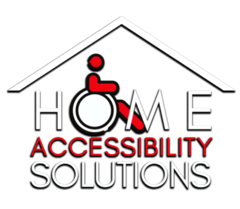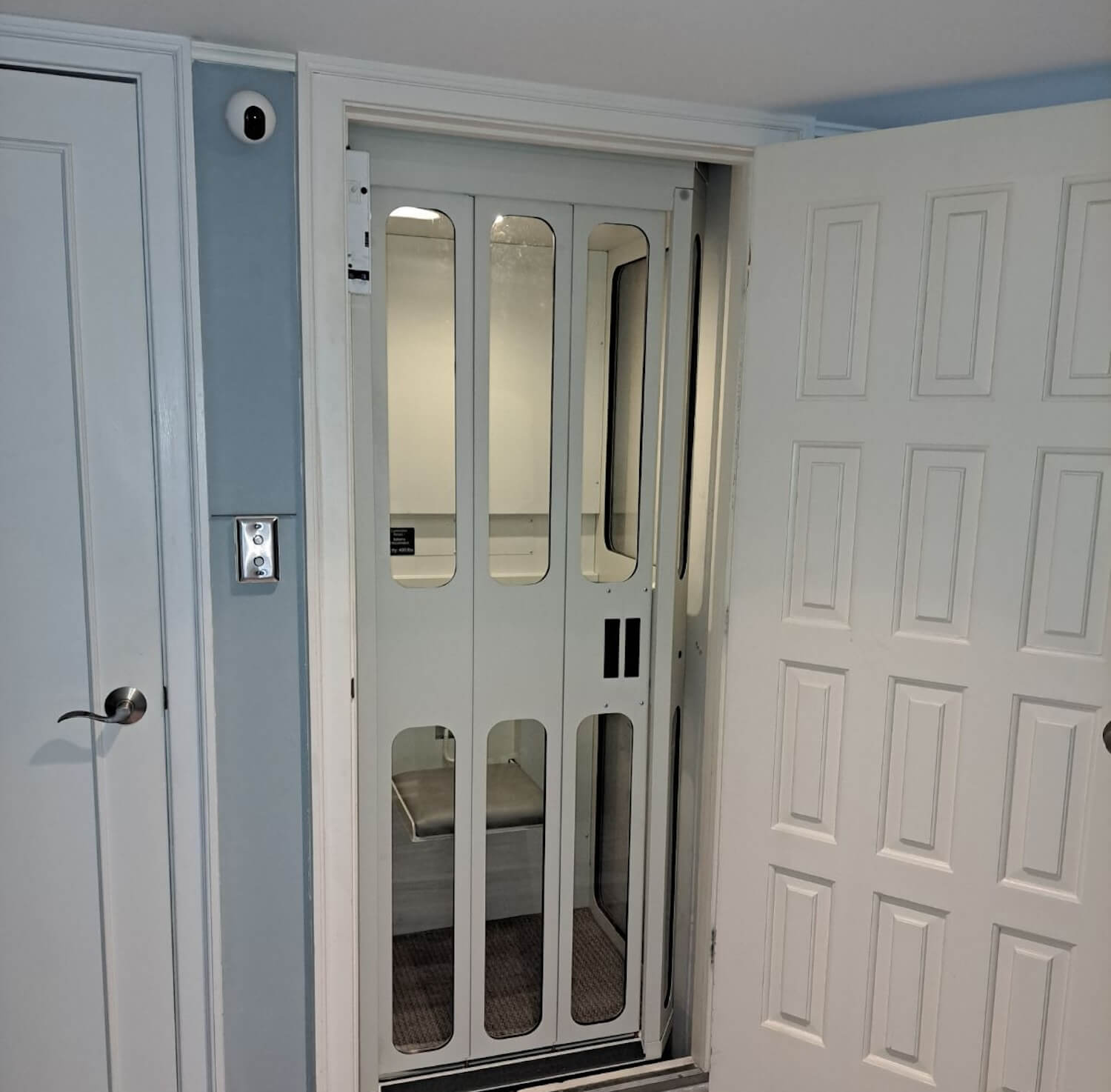In the realm of accessibility and mobility solutions, home elevator lifts have emerged as a pivotal tool in enhancing the quality of life for individuals with mobility challenges. Traditionally associated with luxury residences or commercial buildings, elevators are now becoming more commonplace in homes, thanks to advancements in technology and manufacturing processes that have made them more affordable and practical.
This article explores the evolution of affordable home elevator lifts, their benefits, and their role in making wheelchair accessibility a reality for individuals and families.
The Evolution of Home Elevator Lifts
The concept of elevators dates back centuries, with the earliest documented evidence of primitive lifting devices dating as far back as ancient Rome and Greece. However, it wasn’t until the 19th century that elevators began to resemble the modern iterations we are familiar with today. Initially, elevators were primarily reserved for commercial and industrial use, with residential installations being rare and limited to affluent homeowners.
Over time, as technology advanced and manufacturing processes became more efficient, the cost of producing elevators began to decline. This reduction in manufacturing costs, coupled with growing demand for accessibility solutions, paved the way for the development of affordable home elevator lifts. Today, home elevator lifts are available in a variety of designs, sizes, and functionalities to suit the diverse needs of homeowners.
Benefits of Home Elevator Lifts
The benefits of installing a home elevator lift extend far beyond mere convenience. For individuals with mobility impairments or disabilities, home elevator lifts offer a newfound sense of independence and freedom. No longer confined to a single floor or dependent on assistance from others, individuals can navigate their homes with ease, accessing all areas without limitations.
Furthermore, home elevator lifts provide practical solutions for aging homeowners who wish to remain in their residences as they grow older. With an elevator installed, homeowners can continue to enjoy the comfort and familiarity of their homes without having to worry about navigating stairs or facing mobility challenges.
From a safety standpoint, home elevator lifts offer peace of mind for homeowners and their families. By eliminating the need to navigate stairs, the risk of falls and accidents is significantly reduced, particularly for elderly individuals or those with mobility issues.
Making Wheelchair Accessibility Affordable
One of the most significant barriers to widespread adoption of home elevator lifts has historically been their cost. Traditional elevator installations can be prohibitively expensive, often requiring extensive modifications to the home’s structure and significant upfront investment. However, advancements in technology and manufacturing processes have led to the development of more affordable options that make accessibility a reality for a broader range of homeowners.
Today, homeowners can choose from a variety of affordable home elevator lift options, including hydraulic, traction, and pneumatic systems. These systems vary in terms of design, functionality, and cost, allowing homeowners to select the option that best suits their budget and needs.
Hydraulic home elevator lifts, for example, utilize a hydraulic pump to move the elevator cab between floors. These systems are known for their smooth operation and reliability and are often more affordable than traditional traction elevators. Similarly, pneumatic home elevator lifts use air pressure to move the cab, eliminating the need for a traditional hoistway and reducing installation costs.
Factors Influencing Affordability
Several factors contribute to the easy affordability of home elevator lifts:
- Technology Advancements: Advances in elevator technology have led to the development of more efficient and cost-effective systems, reducing manufacturing costs and making home elevator lifts more affordable.
- Manufacturing Processes: Improvements in manufacturing processes have streamlined production and reduced overhead costs, allowing manufacturers to offer home elevator lifts at lower price points.
- Competition: The growing demand for home elevator lifts has led to increased competition among manufacturers, driving prices down and making accessibility solutions more affordable for homeowners.
- Installation Requirements: Some home elevator lifts require less extensive installation and modifications to the home’s structure, resulting in lower overall costs.
- Government Incentives: In some regions, government incentives and subsidies may be available to offset the cost of installing accessibility solutions such as home elevator lifts, further enhancing affordability for homeowners.
The Future of Home Elevator Lifts
As technology continues to advance and demand for accessibility solutions grows, the future of home elevator lifts looks promising. Manufacturers are continually innovating to develop more efficient, cost-effective, and user-friendly systems that cater to the evolving needs of homeowners.
Innovations such as smart home integration, remote monitoring, and energy-efficient designs are poised to revolutionize the home elevator lift industry, further enhancing accessibility and convenience for homeowners. Additionally, ongoing research and development efforts are focused on improving safety features, reducing environmental impact, and expanding design options to accommodate various architectural styles and home layouts.
Overcoming Challenges and Addressing Concerns
While the affordability of home elevator lifts has improved significantly in recent years, challenges and concerns still exist. One common concern among homeowners considering the installation of a home elevator lift is the perceived impact on the home’s resale value. Some homeowners worry that the presence of an elevator may deter potential buyers or limit the pool of interested parties. However, studies have shown that, in many cases, the addition of a home elevator lift can actually increase the value of the property, particularly in markets where accessibility features are in high demand.
Another consideration for homeowners is the ongoing maintenance and upkeep associated with home elevator lifts. Like any mechanical system, elevators require regular maintenance to ensure optimal performance and safety. However, modern elevator systems are designed to be highly reliable and require minimal maintenance compared to older models. Additionally, many manufacturers offer warranty packages and service agreements to provide homeowners with peace of mind and ensure that their elevator remains in top condition for years to come.
From a design perspective, homeowners may also have concerns about the aesthetics of home elevator lifts and their compatibility with existing decor and architectural styles. Fortunately, modern home elevator lifts are available in a variety of designs, finishes, and configurations to complement any home aesthetic. Whether homeowners prefer a sleek and modern design or a more traditional look, there are options available to suit every taste and preference.
The Importance of Accessibility and Inclusion
Beyond the practical considerations of affordability and convenience, the widespread adoption of home elevator lifts reflects a broader cultural shift towards inclusivity and accessibility. As societies around the world grapple with issues of equity and social justice, ensuring that all individuals have equal access to essential services and opportunities is paramount.
For individuals with mobility challenges, the ability to navigate their homes safely and independently is not just a matter of convenience—it’s a fundamental aspect of human dignity and autonomy. By making home elevator lifts more affordable and accessible, we are taking concrete steps towards creating a more inclusive society where everyone has the opportunity to live with dignity and independence.
Furthermore, the benefits of home elevator lifts extend beyond individuals with mobility impairments to encompass a wide range of users, including elderly individuals, individuals with temporary injuries, and families with young children or strollers. By removing barriers to access and creating more inclusive environments, home elevator lifts contribute to the overall well-being and quality of life for all members of society.
Conclusion: A Path Towards a More Accessible Future
In conclusion, affordable home elevator lifts represent a significant milestone in the journey towards greater accessibility and inclusivity. Through advancements in technology, manufacturing processes, and design, we have made it possible for individuals with mobility challenges to enjoy greater independence, safety, and convenience within their own homes.
As we look to the future, it is essential that we continue to prioritize accessibility and inclusion in all aspects of our society. By investing in innovative solutions such as home elevator lifts, we can create environments that are welcoming and inclusive for people of all abilities.
Ultimately, the goal is not just to make homes accessible, but to create a world where everyone has equal opportunities to thrive and participate fully in society. Affordable home elevator lifts are a critical step towards realizing that vision, and as technology continues to evolve, we can look forward to even greater advancements in accessibility and inclusion in the years to come.


